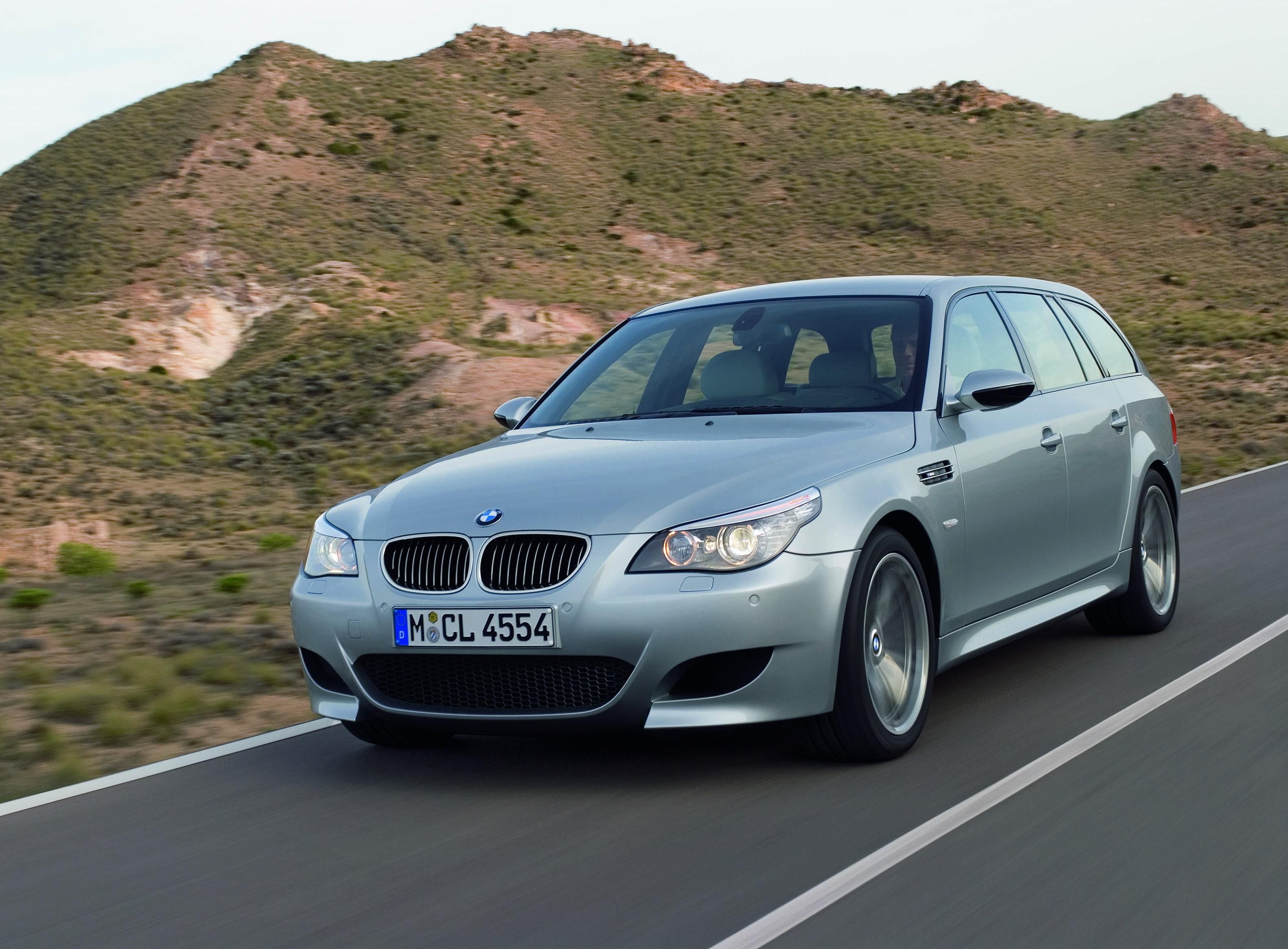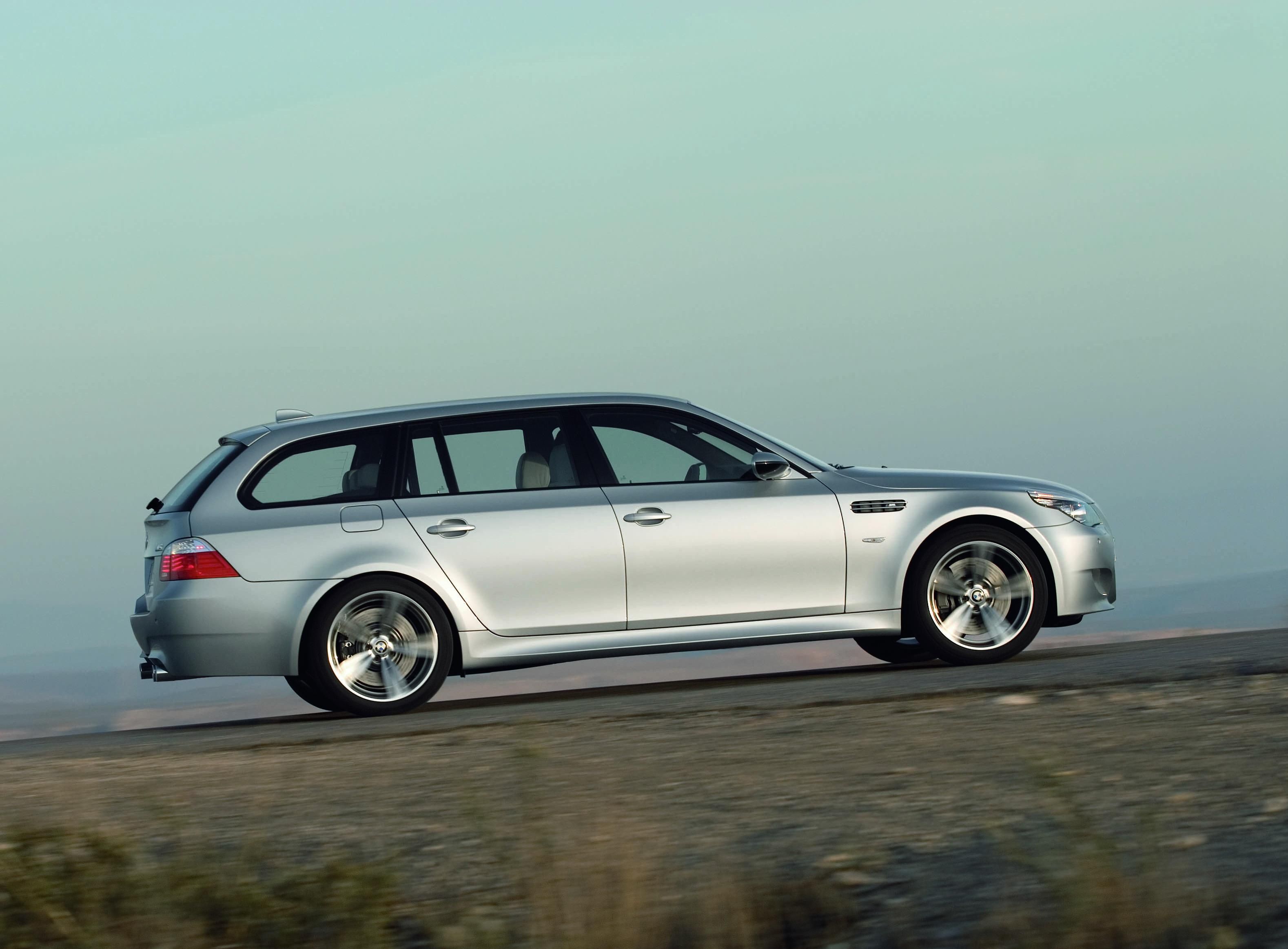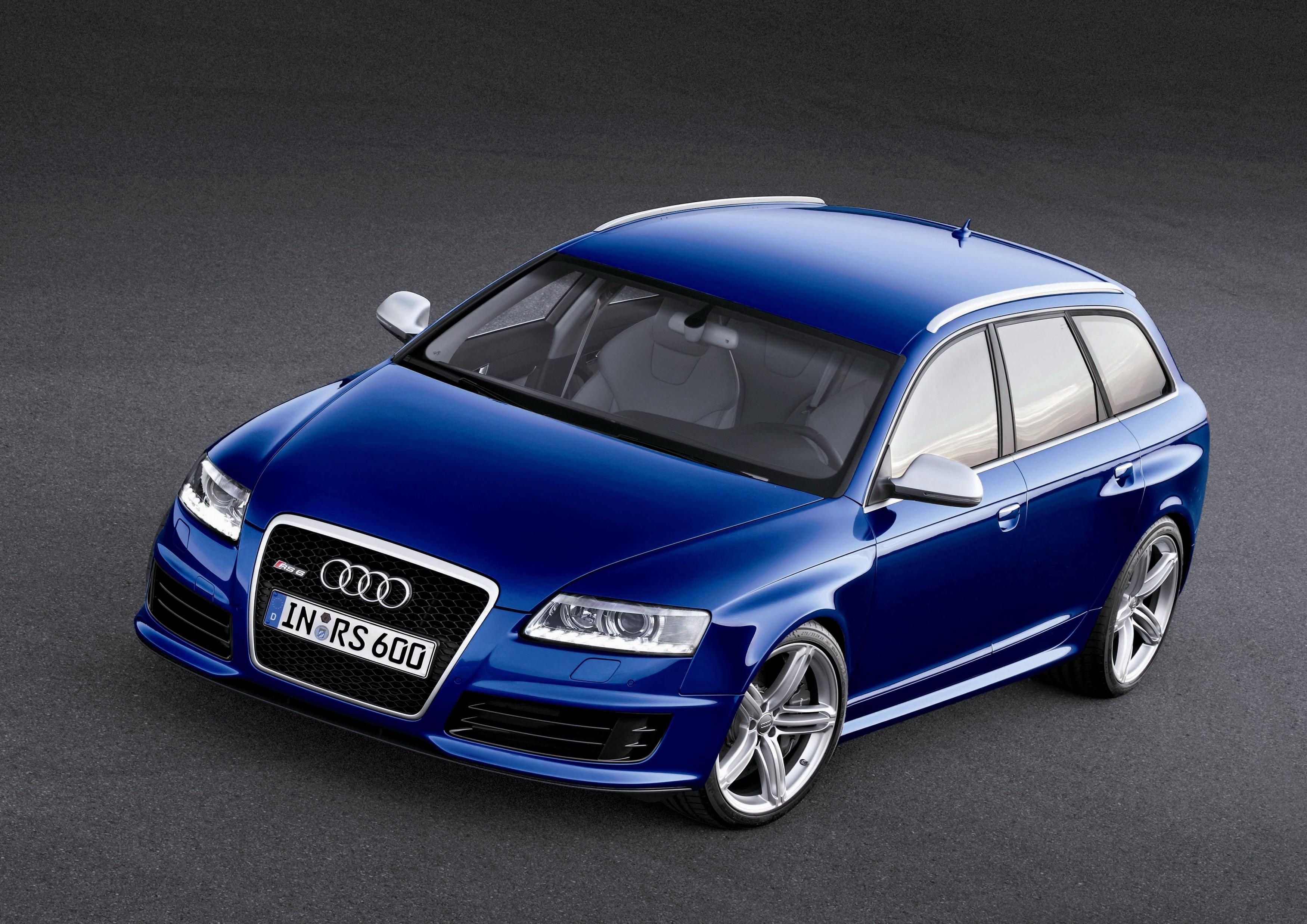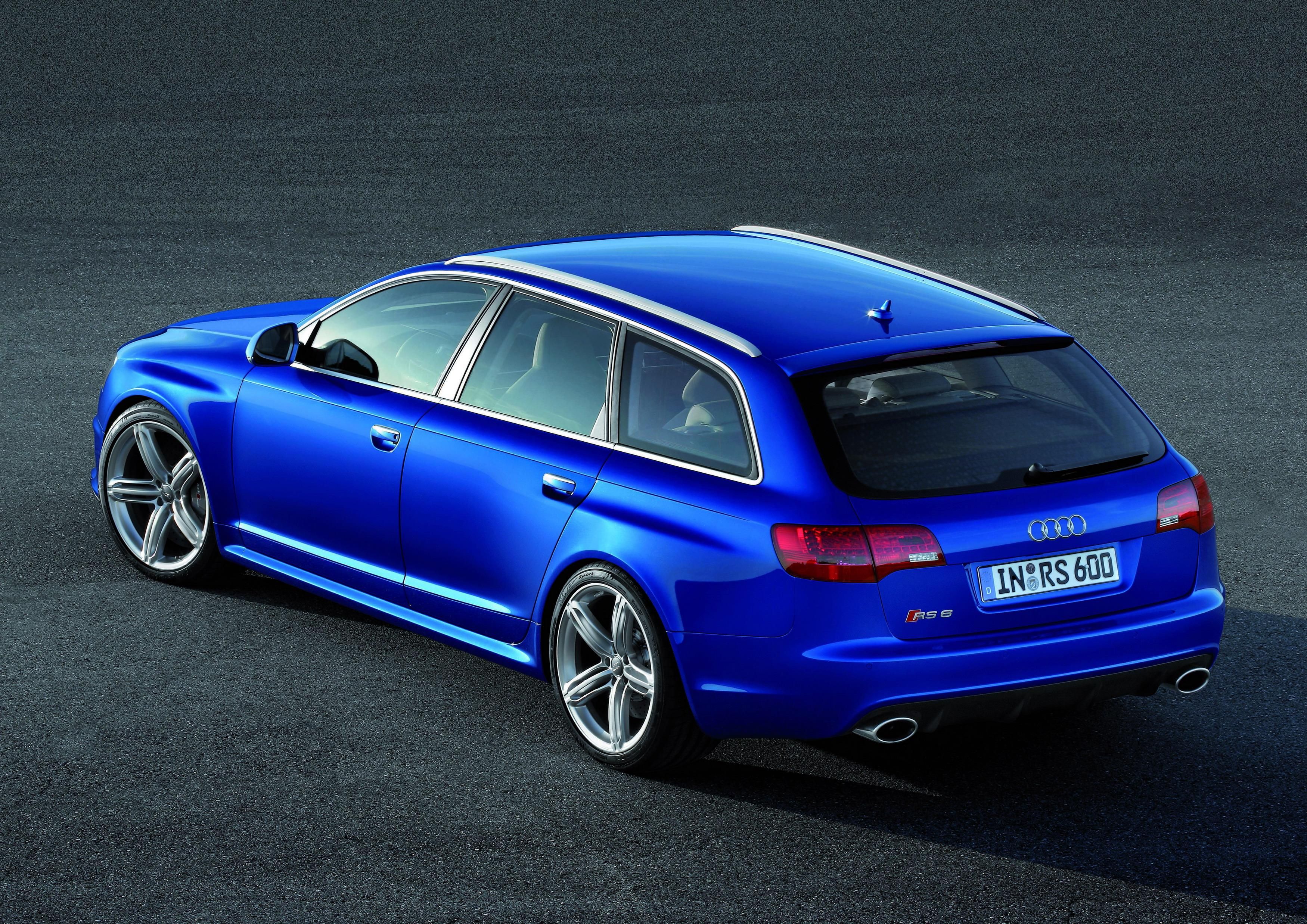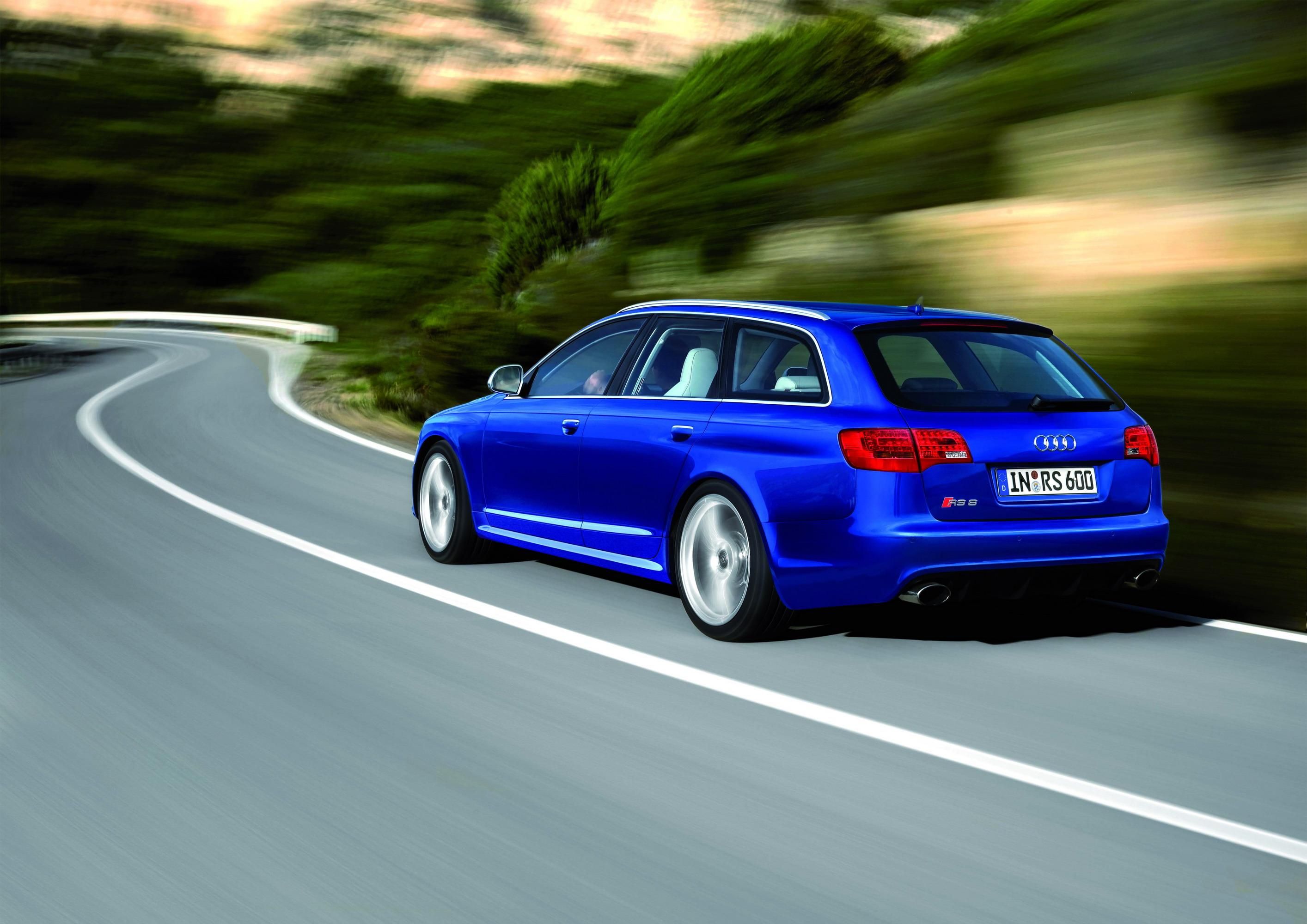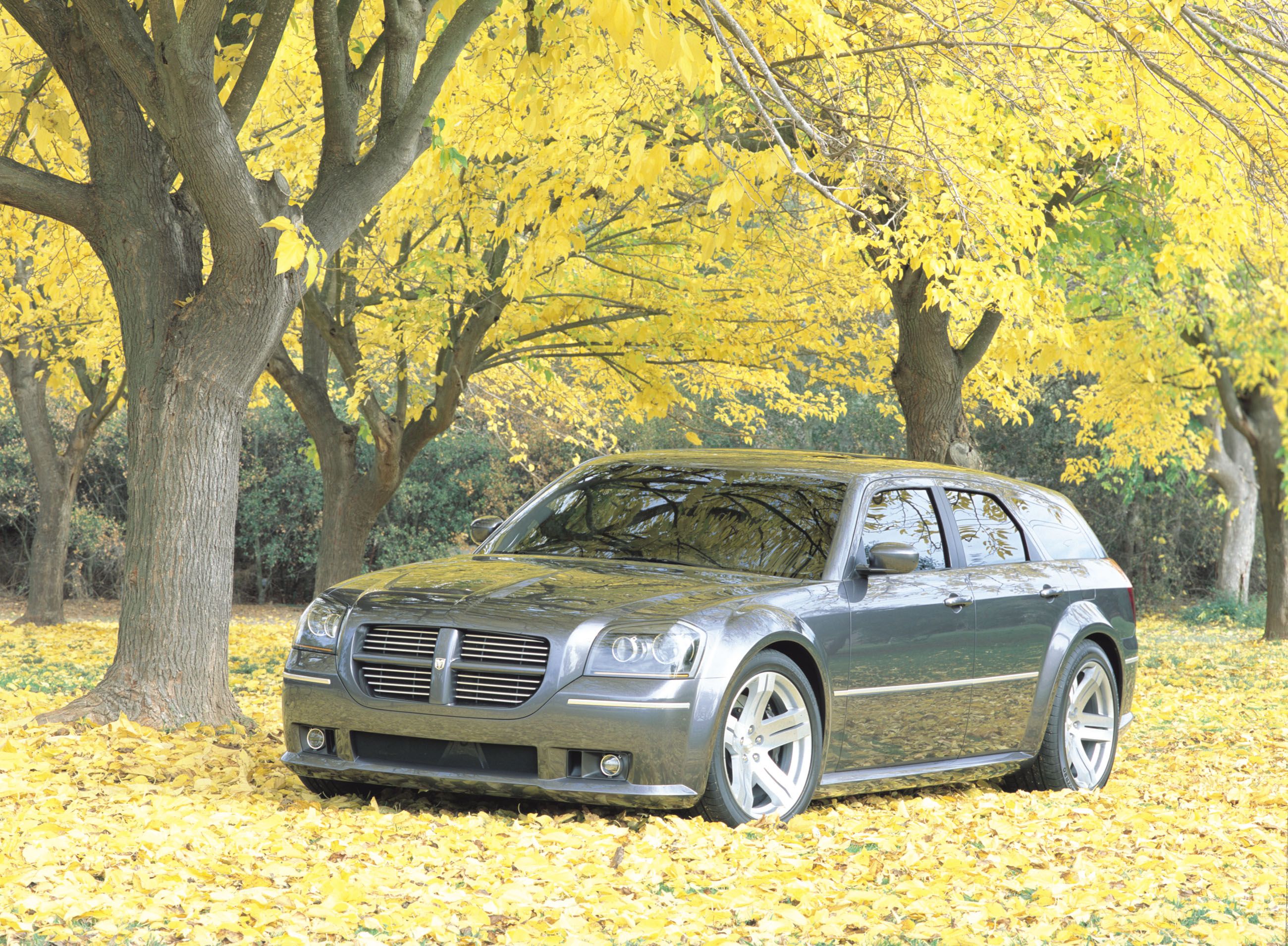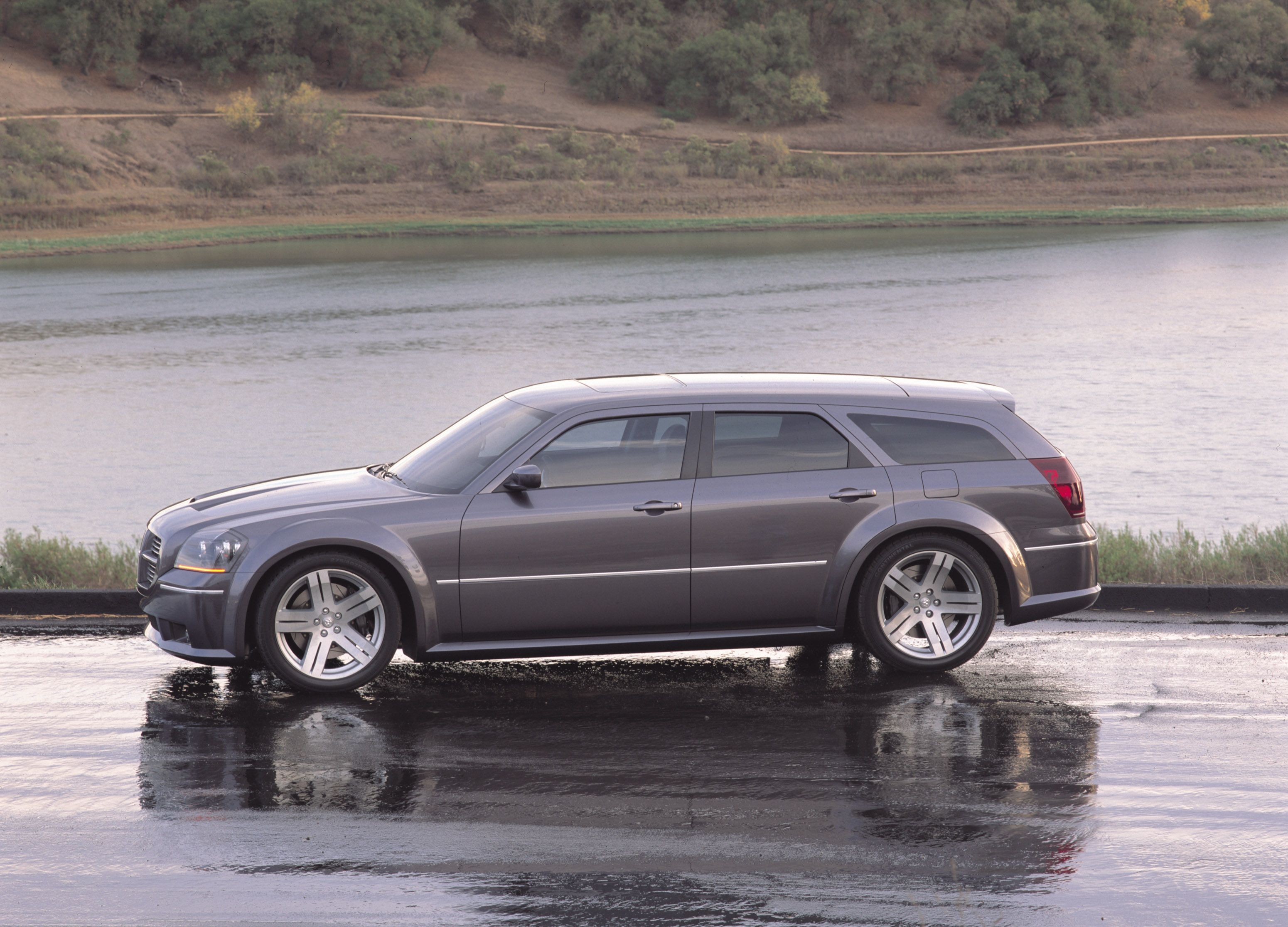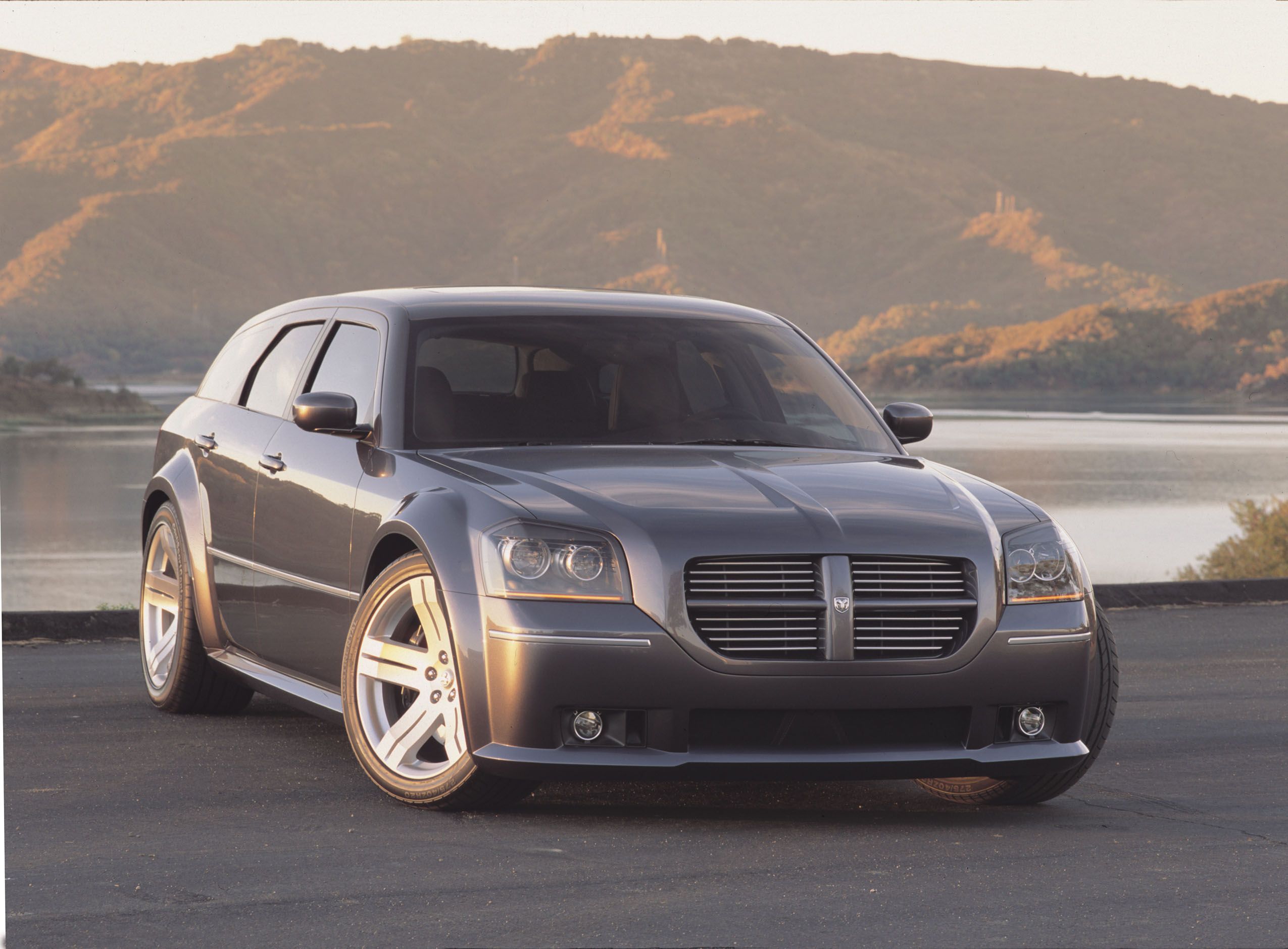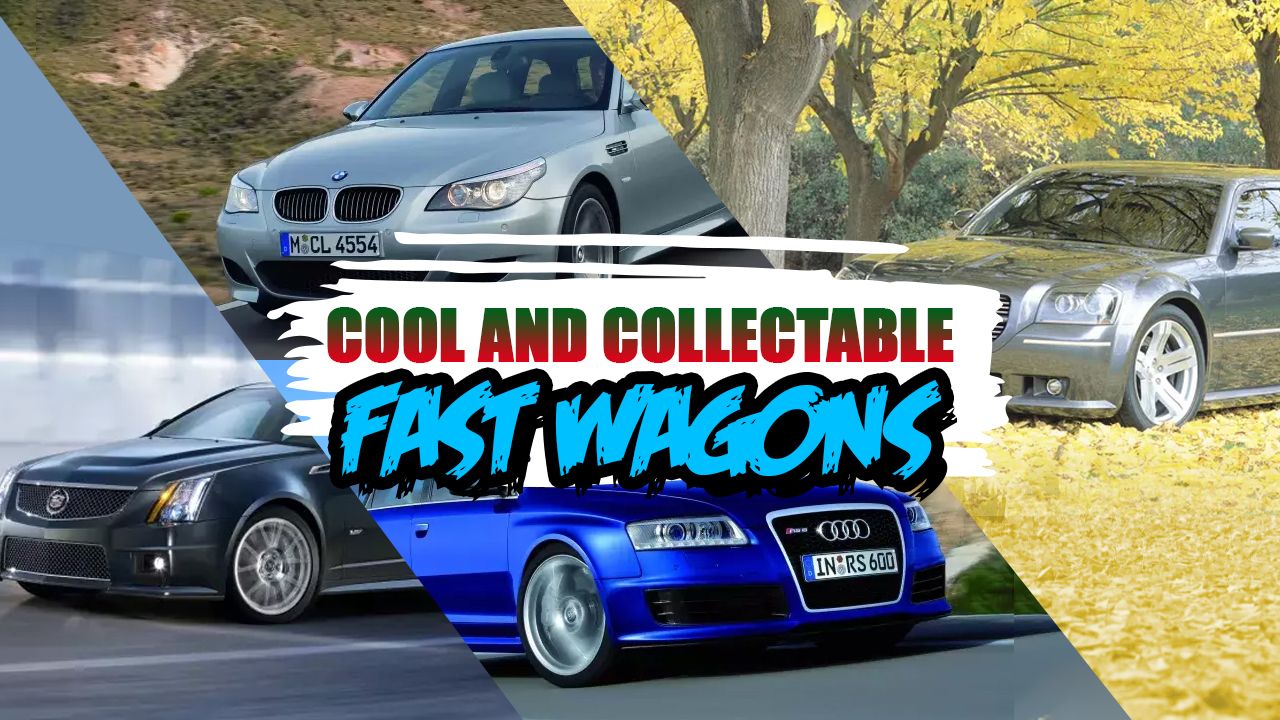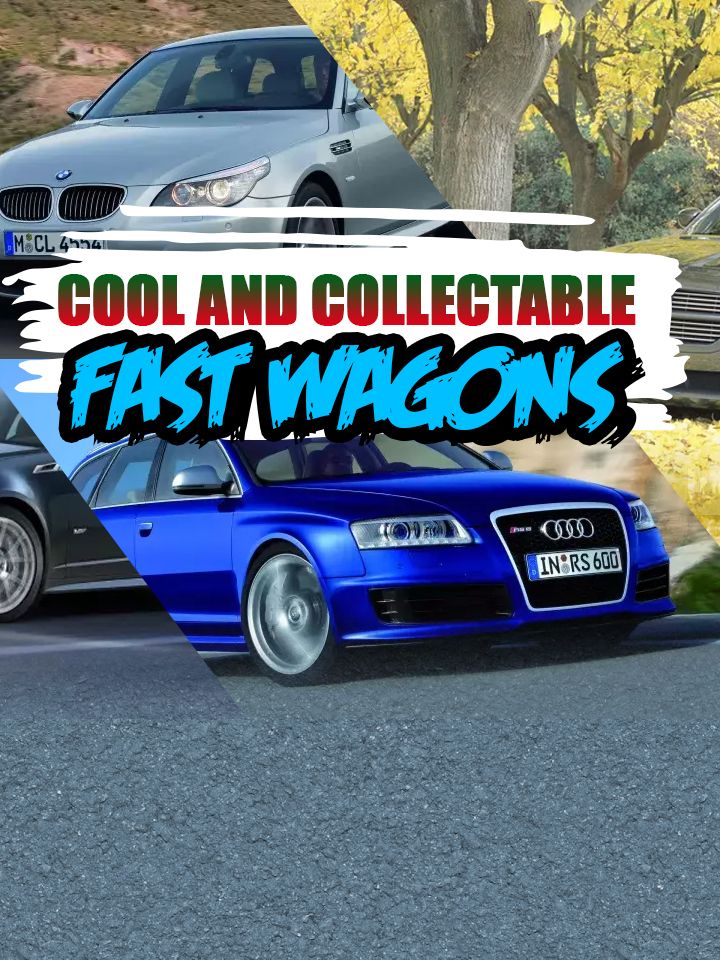It seems people are climbing back onto the estate car bandwagon and the likes of Porsche's Panamera Turbo S E-Hybrid Sports Turismo and the Mercedes E63-S AMG are definitive proof that fast wagons are still relevant. In this article, we shall pay homage to some of the dearly departed station wagons from yesteryears. But these aren't your everyday estates for the school run, these are some of the fastest and coolest wagons that were overlooked, but now hold the potential of being future classics and collectibles.
2005-2010 BMW M5 Touring
BMW would like us to think that the M5 touring wagon was meant to destroy lap times without having to take off the child seats. But the truth is the unforgettable V10 powered M5 range almost never happened. The V10 which is arguably the M5's signature dish was the result of BMW's attempt to create a formula 1 based engine based on the technical know-how from Sauber's F1 team.
It indeed was a highly technical, high compression (12:1), motorsport-inspired engine. It had a 5.0-liter capacity, 10 cylinders arranged in a 90-degree"V", was capable of producing 507 horsepower and maximum torque of 520 Newton meters. The Engine housing was manufactured in the same forge as the Formula 1 motor blocks of the era, and boasted of an equally ridiculous 8,250 rpm. The Touring accelerated from 0 to 100 km/h in just 4.8 seconds and had an electronically limited top speed of 155 mph which could be removed on request to increase the top speed to 190 mph.
BMW M5 Touring specifications
| Engine | 5.0-liters V-10 |
|---|---|
| Power | 507 HP |
| Torque | 382 LB-FT |
| 0 to 100 km/h (62 mph) | 4.8 seconds |
| Top speed | 155 mph (190 mph) |
Unfortunately for BMW's M division, the M5 range as a whole wasn't received with the same enthusiasm that it garners today. The Controversial looks which were a departure from the restrained styling of its predecessors pissed off many purists. Then there was the infamous first-generation i-drive that was anything but straightforward to navigate. The biggest chinch in the M5 touring's armor, however, was its seven-speed SMG single-clutch gearbox. Automated manuals were never good, to begin with, this F1-derived piece of tech was fine for flat-out racing, but at city speeds, it was utterly dim-witted.
But BMW also fitted a handful of these cars with a brilliant 6-speed manual, which turns this practical family wagon into the epitome of driver engagement. With the transmission sorted, it transforms into one of the best grand tourers perfect for canyon carving duties thanks to a brilliant suspension and steering. Many M5 and M6 owners have resorted to manual swaps since it's relatively easy to find and swap OEM parts for the conversion. Just 1,009 M5 Tourings were licensed worldwide which makes them one of the most sought-after BMWs of the modern era.
Read our full review on the BMW M5 Touring
2005-2008Chrysler 300 Sports Wagon SRT-8 / Dodge Magnum SRT-8
Both the Chrysler 300 SRT-8 Sport Wagon and the Dodge Magnum SRT-8 are identical estates wearing different suits. While the Chrysler was a more luxurious offering reserved for European markets and came with a bit more leather and chrome everywhere. The American market never got Chrysler's top-dog SRT-8 Wagon, the American market was blessed with the less blingy but equally ridiculous Dodge Magnum SRT-8 instead.
Both vehicles used the same RWD LX platform and except for the cosmetic changes, these were identical to an extent where you could swap the front ends and convert your Magnum into a 300C or vice-versa. The powertrain duties are carried out by a 6.1-liter Hemi, which was a specially upsized version of the more common 5.7-liter Hemi that received a series of upgrades such as a bigger bore, big-valve heads, a beefier block; a forged crank; stronger rods; a billet cam; and even hollow intake- and exhaust-valve stems to lift the useful rev range to 6400 rpm. The resultant power and torque output stand at 425 horsepower and 420 lb-ft, enough to propel this 4379-pound wagon to 60 mph in just 5.1-seconds and it would top out at 170 mph, which was a bargain considering its $45,000 base price back in 2006.
Chrysler 300 Sports Wagon SRT-8 specifications
| Engine | 6.1-liter Hemi |
|---|---|
| Power | 425 HP |
| Torque | 420 LB-FT |
| 0 to 100 km/h (62 mph) | 5.1 seconds |
| Top speed | 170 mph |
Unfortunately, the power wagon's launch in 2006, coincided with an era where crossovers and small SUVs were catching on and people looking for four-door performance found what they needed in performance saloons including the sedan iteration of the same car, the Chrysler 300C, as a result, most people found it hard to justify the extra cash for the wagon, leading to low sales. The fact that the SRT-8's big Hemi was one of the least fuel-efficient engines at the time, didn't add to its appeal as a daily commuter. But none the less these American twins from the now De-funked Fiat Chrysler Group continue to be one of the coolest and most sought after super wagons ever.
Read our full reviews on the Chrysler 300 Sports Wagon SRT-8 / Dodge Magnum SRT-8
2008-2010 Audi RS6 Avant
Split personality is probably the best way to describe the C6-generation of the Audi RS6 that comes from a time when the VW group was giving engineers way too much freedom and that led to some of the most bonkers engines being fitted to some of the most sedate vehicles such as the Phaeton W12, Touareg V10 TDI, Audi Q7 V12 TDI and of course the RS6 with its twin-turbo V10, the most powerful of the bunch.
Contrary to popular lore, the RS6's V10 isn't adapted from the 5.2-liter naturally aspirated V10 that powered the S6 and S8 from that era, instead, it was powered by the same 5.0-liter flat-plane V10 fitted to the original Gallardo albeit with two turbos added for good measure, presumably to compensate for the added mass of the wagon.
But for those expecting a Gallardo wagon with four doors, it couldn't be further from it. Unlike the Lambo which was all about the drama, this was a sedate and understated luxury family hauler and managed to stay quiet and refined even at high speeds. This might seem like a miss, but this was by design since the addition of the twin turbos drastically changed the characteristics of the engine. The V10 now had a lot of grunt at the lower end of the rev range, thanks to the turbos As a result the engine in the RS6 makes peak torque at just 6700 rpm instead of Gallardo's 8000 rpm, and the engine now redlined just shy of 7000 rpm, which arguably did rob the RS6 of the V10 drama that most enthusiasts desire. Since we are on the subject of power, the C6 generation RS6 made a whopping 571 horsepower and 479 lb-ft of torque, which was a significant bump up from the Gallardo's figures that stood at 493 horsepower and 376 lb-ft respectively, and is just 20 horsepower shy to the latest C8 generation RS6. This helped it achieve an electronically limited top speed of 155 mph however derestricted cars can reach 170 mph.
Audi RS6 Avant specifications
| Engine | 5.0-liter V10 |
|---|---|
| Power | 571 HP |
| Torque | 479 LB-FT |
| 0 to 100 km/h (62 mph) | 4.6 seconds |
| Top speed | 170 mph |
But that's where the similarities end. The latest C8-generation RS6 is a whole new take on the fast wagon. The new Wagon is not just faster, but the twin-turbo V8 has surprisingly more character and that combined with the modern gearbox make it much more lively. The original also falls short in the handling department, and that’s largely due to the heavy V10 that hangs well over the front axle, giving it the classic understeer that's been blamed for spoiling the driving experience on most Audi models from this era. But where the C6 Audi RS6 shines is on German autobahns and any other straight bit of tarmac. The high-speed stability is tremendous thanks to adaptive suspension and excessive cylinder count and large displacement. This means that it can sit at triple-digit speeds all day while maintaining an air of comfort and maturity on the inside. The exterior too plays into the theme of understated elegance and is barely different from the A6 Estate it was based on except for the wider wheel arches that combined with the lower stance gave it just enough presence. Compare that to the wild and aggressive C8 RS6 and you realize that the C6 RS6 was the perfect sleeper. It’s a shame that they don't make them like this anymore.
Read our full review on the Audi RS6 Avant
2010-2014 Cadillac CTS-V Sport Wagon
GM's philosophy for making fast vehicles usually involves shoving a great big V8 and not much else. But history suggests this seemingly simple recipe gives rise to some truly exceptional machines. Launched back in 2011, the Cadillac CTS-V Sport Wagon was a unique package in most regards. Starting with the design, this Cadillac was classically handsome, to an extent where it stole all the limelight from the regular sedan. This Enticing design was introduced with the second-gen facelift, alongside the CTS-V Coupe. The CTS-V Wagon was also the perfect candidate for the daily school run thanks to a truly comfortable ride and luxurious interiors, as one would expect from a top-shelf Cadillac.
But as is the case with most Wagons on this list, the CTS-V stands out thanks to its powertrain. GM’s 6.2-liter LSA V-8 Engine was largely based on the C6 Corvette ZR1's powerplant and it even came with a 1.9-L twin-lobe supercharger added for good measure. Combined this setup was good for 556 horsepower and 551 lb-ft of torque. Transmission duties were carried out in part by GM's staple 6-speed torque converter but less than 600 units came equipped with a Tremec six-speed manual, which instantly makes it one of the most sought after modern-day classics. The CTS-V Sport Wagon holds the title of the most powerful production wagon ever offered with a manual transmission.
Cadillac CTS-V Sport Wagon specifications
| Engine | 6.2-liter LSA V-8 |
|---|---|
| Power | 556 HP |
| Torque | 551 LB-FT |
| 0 to 100 km/h (62 mph) | 4.1 seconds |
| Top speed | 190 mph |
At this point, I am sure some of you are thinking that it's just another American car with too much horsepower that loves to desiccate its rear wheels and can be a handful for novice drivers. But GM also fitted it with the brilliant Magnaride suspension that keeps this 3800-pound wagon calm and plush for the most part, but can also keep it surprisingly composed at high speeds, which is handy in a wagon that can reach an alleged 190 mph. The CTS-V Sport Wagon is a true unicorn and unlike other unicorns, people lust after, it is practical, usable as a daily, engaging, and most importantly it's real.
Read our full review on the Cadillac CTS-V Sport Wagon
2013-2017 Mercedes-Benz CLS 63 AMG
The CLS Mercedes was always a niche product, a four-door sedan that's trying to mimic a coupe and even fewer people will gather up the extra cash to buy the CLS 63 AMG version of the car that back in 2015 would set you back a cool $90K. But Mercedes decided to create a product that takes "niche" to a whole new level with the CLS 63 AMG Shooting brake. It’s the E-class Estate's less sensible and more flamboyant sibling. With a name like Shooting brake, Mercedes was trying to advertise this to people who live in old castles and hunt fauna for a sport on weekends.
The 63-AMG badge back in 2015 meant that this fast wagon was powered by AMG's finest 5.5-L bi-turbo V8 that in the standard version made 518 hp 516 lb-ft of torque and 577 hp and 590 lb-ft of torque in the higher performance "S" version. For a big heavy wagon, the CLS 63 is astonishing. The ride and steering have an extremely satisfying balance to it, and it continues to waft over road imperfections as expected from a big Merc but when you need it to hunker down, it reaches triple-digit speed in no time, all in a reassuring manner. Speaking of speed, the CLS 63 S AMG was capable of hitting 186 mph, making it one of the fastest wagons of all time.
Mercedes-Benz CLS 63 AMG specifications
| Engine | 5.5-liters bi-turbo V8 |
|---|---|
| Power | 518 HP |
| Torque | 516 LB-FT |
| 0 to 100 km/h (62 mph) | 4.4 seconds |
| Top speed | 155 mph |
The transmission did hold it back somewhat but at civilized speeds, it is silky smooth, and typically Mercedes at sedate speeds, nothing is overdone and as a result, the feedback that the car generates is reassuring and typically German.
The only thing wrong with this car was its competition, which came from within the brand in the form of the aforementioned E63 AMG Wagon which was just as fast and powerful, more practical, and cheaper. As a result, it hogged a lot of customers away from the more pricy CLS63 Shooting brake, which due to its rarity, now holds a special place in the collectors market and the Wagon hall of fame.
Read our full review on the Mercedes-Benz CLS 63 AMG
